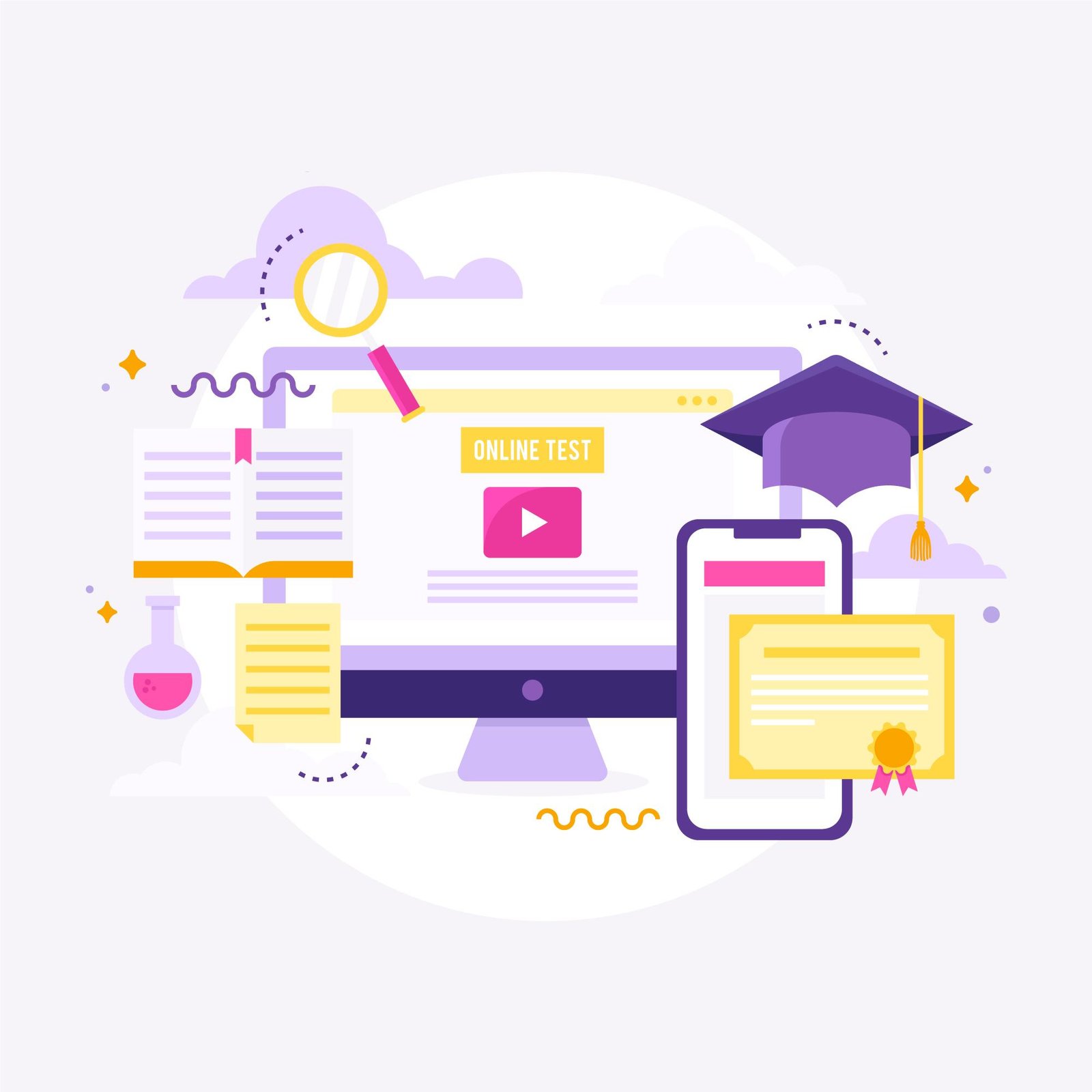EdTech is an umbrella term that covers different tools and technologies with the same goal in mind — to help students learn new information. However, for some, such overwhelming variety might be tough to grasp.
Here, we’ll cover which tools exist and what makes them special. If you’re interested in developing EdTech platforms of your own, information here might be of interest to you: https://www.altamira.ai/edtech-development/
EdTech types
EdTech is a large topic to cover. It consists of numerous tools and platforms that emerge almost every month. Most of them can be divided into five categories: learning management systems, online learning platforms, virtual and augmented reality tools, adaptive learning software, and gamification tools.
Learning management system (LMS)
LMSs are used for planning, analysing, and applying specific learning processes. Due to their size, they are mostly cloud-based and use a software-as-a-service (SaaS) model.
Learning management systems are great for creating content and monitoring students’ performance. These reasons made LMSs popular with corporations, government agencies, and traditional institutions.
The practical uses for LMS are:
· Onboarding and training: they serve as a knowledge hub that new employees can access through any device and learn about the company’s internal processes;
· Employee development: to ensure employees are always up to speed with the new standards and tools, business can assign them courses through LMS to raise employee effectiveness;
· Blended learning: mostly used by traditional institutions, blended learning combines traditional classes with online material students can access at any time.
Online learning platforms (E-platforms)
E-platforms are online web spaces containing various educational resources, such as lectures, articles, and online courses. Platform’s content might be focused on students in schools or universities or workers who want to advance their skills.
Such platforms mostly serve as spaces where people can create their own content for others. This core principle makes them so popular both with students and teachers.
Students can access any topic they are interested in, stored on one platform. Teachers can also store their own educational materials on E-platforms and communicate with the students.
Virtual and augmented reality tools (VR/AR tools)
Almost everyone has heard about VR and AR technologies before. Not many knew that they have applications in education, too.
The most popular use of these technologies is digital classrooms. Compared to the traditional approach to learning, virtual and augmented realities can enhance student’s learning experience by providing additional visual information.
The main benefits of using VR/AR tools in classrooms are:
· High interactivity. Virtual education environments encourage students to participate actively during class;
· Realism. While textbook pictures can give a student a pretty good understanding of what some object, place, or animal looks like, augmented and virtual realities can provide a realistic, full-scale 3D model.
Adaptive learning software
Adaptive learning utilises artificial intelligence (AI) and algorithms to manage the educational content and adjust it based on student analysis.
This approach makes adaptive learning stand out since it doesn’t follow the traditional education model.
Traditional education follows a one-size-fits-all principle, which doesn’t consider student preferences and learning styles. On the other hand, adaptive learning focuses on tailoring the content to each student.
By analysing students’ behaviour and interactions, such software can recommend topics that might interest them or adapt a course to fit their pacing. This dynamic approach ensures a better learning experience and information retention.
Gamification tools
These tools are designed to create an engaging user experience. Using features usually found in games, gamification tools help maintain high user retention.
Some of the gamification features include:
· Badges: mainly used to reward users for achieving a milestone. It’s a positive reinforcement tool that gives students something to show off as a status symbol;
· Challenges: cater to student’s competitiveness. It serves as motivation to aim for better performance;
· Virtual currency: another tool that works as a status symbol. It provides instant feedback on students’ actions and allows them to distinguish themselves from other students.
Final words
In this article, we have covered the most popular EdTech tools and platforms you might encounter and when they might be the most useful. However, this is just the tip of the iceberg of what EdTech has to offer.
Education tools are numerous, and the reason is simple: This variety covers all students’ needs. From learning new skills to finding ways to motivate students, EdTech has something for everyone.
Stay in touch to get more updates & alerts on VyvyManga! Thank you



